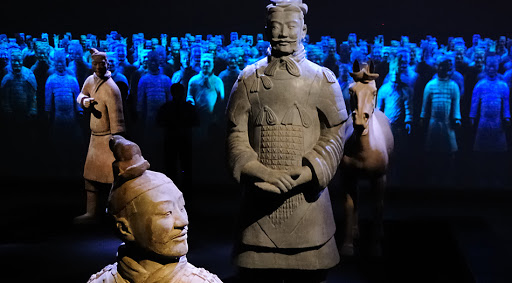Just over half a century ago, a belligerent China and an ill-prepared India engaged in a border war. From the Indian perspective, the 1962 conflict revealed China’s treachery a year on from the euphoria of the Chinese Premier Chou En Lai’s visit and the apparent brotherly relations that were to follow. The Chinese claimed the Indians provoked them. Goaded by the opposition, a desperate Prime Minister Nehru ordered his military commander to “throw the Chinese out of Indian territory.” Suddenly, and despite being on the verge of a dramatic military victory, the Chinese withdrew.
On April 15 this year, India claimed China had intruded 19km into its territory in the Aksai Chin Western Sector near Ladakh. India has recorded over 500 such incursions since 2010, but this time the Chinese brazenness shocked India. The incident rapidly shot up the chain of command from a tactical to a diplomatic issue, and finally a political one. Neither side stood to gain from a military skirmish, and within three weeks the tension was dispersed by a Chinese withdrawal. But the Indian public remains in the dark regarding the conditions on which the diplomatic compromise was reached. The feeling is that the Chinese would not lose face and leave without favorable conditions in the compromise.
As new Chinese Premier Li Keqiang visits, questions are being asked of China’s real intentions over the dispute. One suggestion is that the new Chinese leadership wants to review the past understanding on the border conflict – the intrusion was well planned, the argument goes, and so must have been decided at a high level in the Chinese government.
The border crisis between India and China goes back 150 years. Britain had drawn a boundary to Kashmir in order to keep the Russians at bay. British cartographers redrew borders within Kashmir that, following independence, India claimed as its north-west boundary. But when the Brits pulled out of India the boundary dispute was left open, and India claimed that its 1962 war with China left a 38,000 sq.km area in China’s “illegal occupation”.
Another theory is that China is seeking to manipulate cross-border river flows by pursuing dam projects furtively until they can no longer be kept hidden. While India watches helplessly, China builds dams across the Brahmaputra and rejects sharing project design and on-site inspections. The ‘Water War’ with China has already begun, as it has with its other neighbors in the region who receive water flows from Tibet either directly or through tributaries. Beijing fears that challenging this would be tantamount to opening the issue of the restive Tibetan region for discussion.
A more perceptive observation on the present border intrusion is that it is part of China’s grand strategy of ‘strategic encirclement’ of India. It seeks to neutralize any ambitions India may have of challenging China’s hegemony in Asia.
China’s behavior in the wider foreign policy realm is coming under global scrutiny, and many countries in the region have been on the receiving end of China’s new strategy of asserting itself on its periphery – its standoff with Japan over the uninhabited and potentially energy-rich islands of the East China Sea, as well as the Scarborough Shoals dispute with the Philippines, are cases in point.
China’s economic and military power is growing. Its military budget is three times larger than India’s, and it exceeds that of India and Japan combined. But the strained relations Beijing has with all its neighbors does not auger well for a solution by peaceful means alone, and regional governments are growing tired at Beijing dictating to its neighbors what it considers is acceptable behavior.
China’s rise follows in the footsteps of other global powers who have sought to secure their own interests by asserting themselves abroad. Its ascent to power will necessarily be expansionist and assertive, and the sooner the world acknowledges this the better it will be for global stability.
The Chinese incursions are bound to strengthen the appeal of those in India who advocate joining hands with the United States to counter Beijing’s influence in Asia. But despite the US foreign policy stance that sees India as a ‘pivot’ into Asia, the India-Chinese stand-off did not so much as elicit a murmur of dissent from the US and its allies. It only confirms that India’s foreign policy, while advocating what is best for the country, must also be able to stand on its own feet.
India must use Li Keqiang’s visit to settle the stalled negotiations on the border disputes with China. As a first step, completing the process of exchanging maps depicting each side’s understanding of where the Line of Actual Control lies is crucial. Many believe the incursion was a tactical prompt by the Chinese for a review of the border dispute between India and China, a “subtle game of Chinese ping-pong between aggression and diplomacy,” as one reviewer put it.

